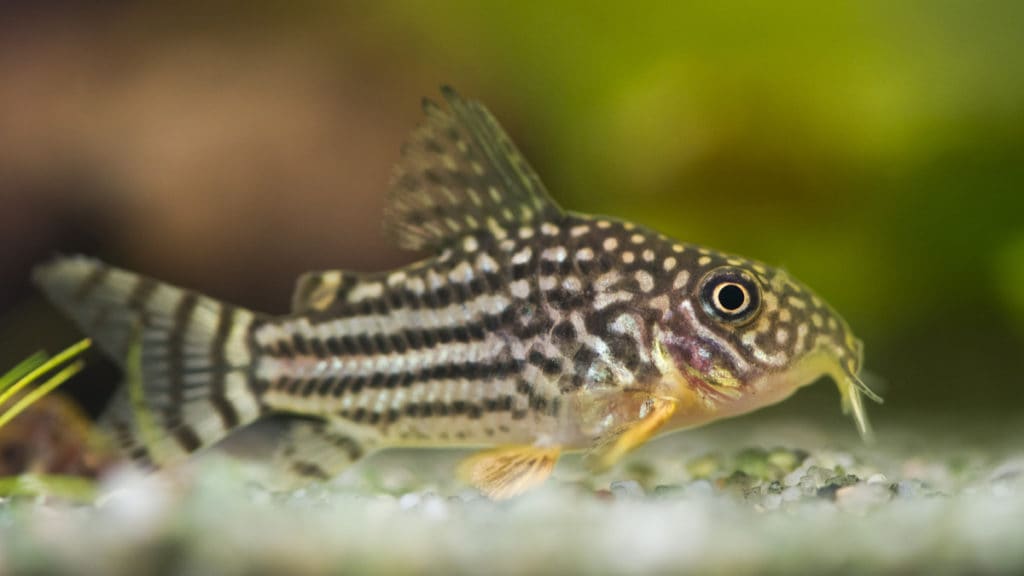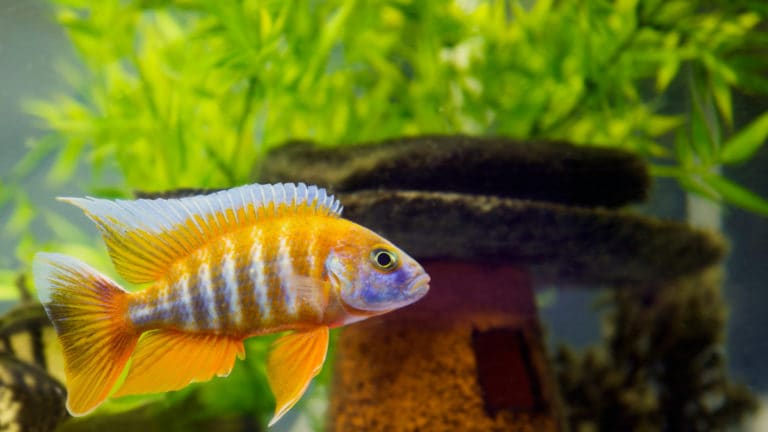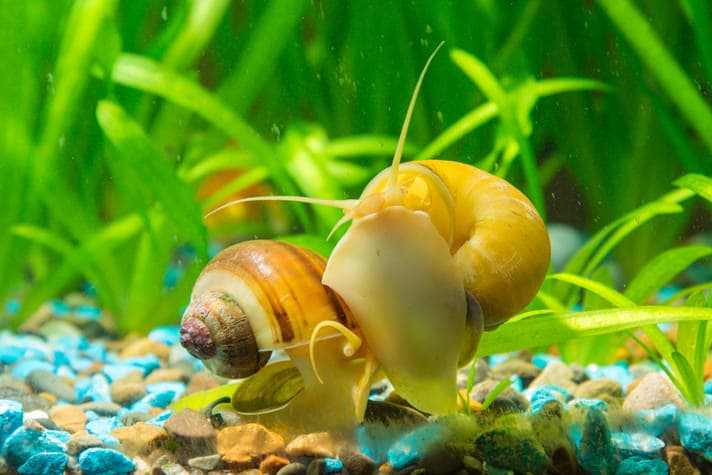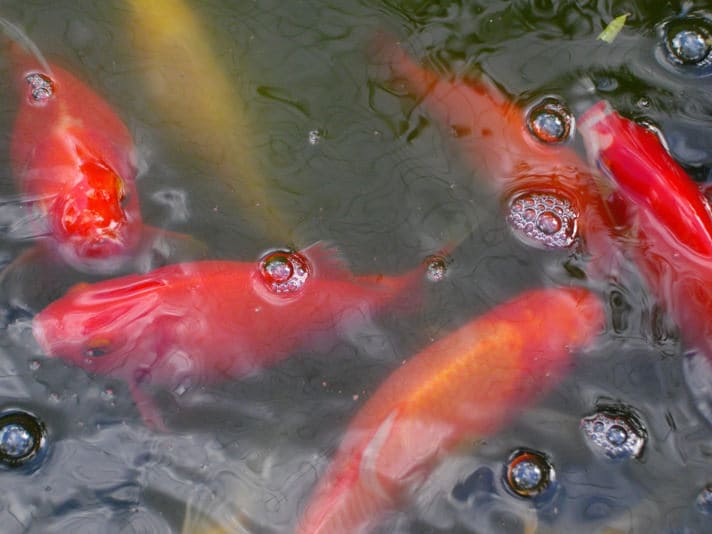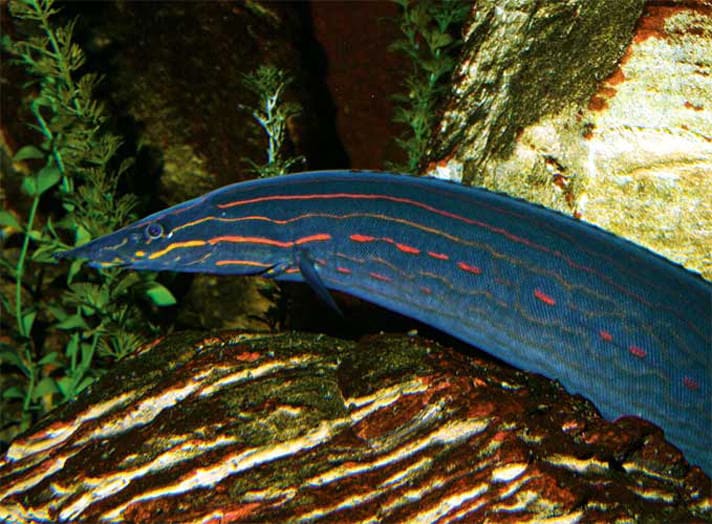Q.
Is it possible to tell which of our Corydoras catfish are female and which are male?
A.
I assume you’re asking me about sexual dimorphism (differences in the physical appearances of males and females) in Corydoras so that you can determine the sexes of your fish. To begin with, the only Corydoras species that I’m aware of with obvious sexual dimorphism are C. barbatus and C. macropterus. Mature specimens (adults) of other species are usually easiest to sex when viewed from above. Looking down at the fish, the female will be plumper at the midsection and slightly longer.
I usually suggest purchasing a minimum of six fish. Juveniles of the many species of Corydoras catfish commercially raised by Florida fish farmers are good choices for your initial attempts at breeding Corydoras. They are healthier and more easily conditioned to spawn in your aquarium.
Conditioning involves feeding a variety of fish foods, including a high-quality flake or pellet food and frozen foods. Corys seems to particularly relish live (well-cleaned) blackworms. A water change with slightly cooler water is often the stimulus that will trigger courtship activity.
Often, it will appear that “soon to spawn” corys indulge in frantic actvity. This activity is usually the cleaning of numerous spawning sites.
When describing the actual act of spawning, I’m guilty myself of using the phrase “…they assume the the classic ‘T’ position…” Well, I guess it’s only “classic” if you know what that means. The female, using her head, nudges or pushes the male’s body in the area of his vent, and, yes, it looks like the letter “T.” The female carries the eggs clasped in her ventral fins and places them where she chooses.
Posted by: Chewy Editorial
Featured Image: antos777/Shutterstock
Share:
